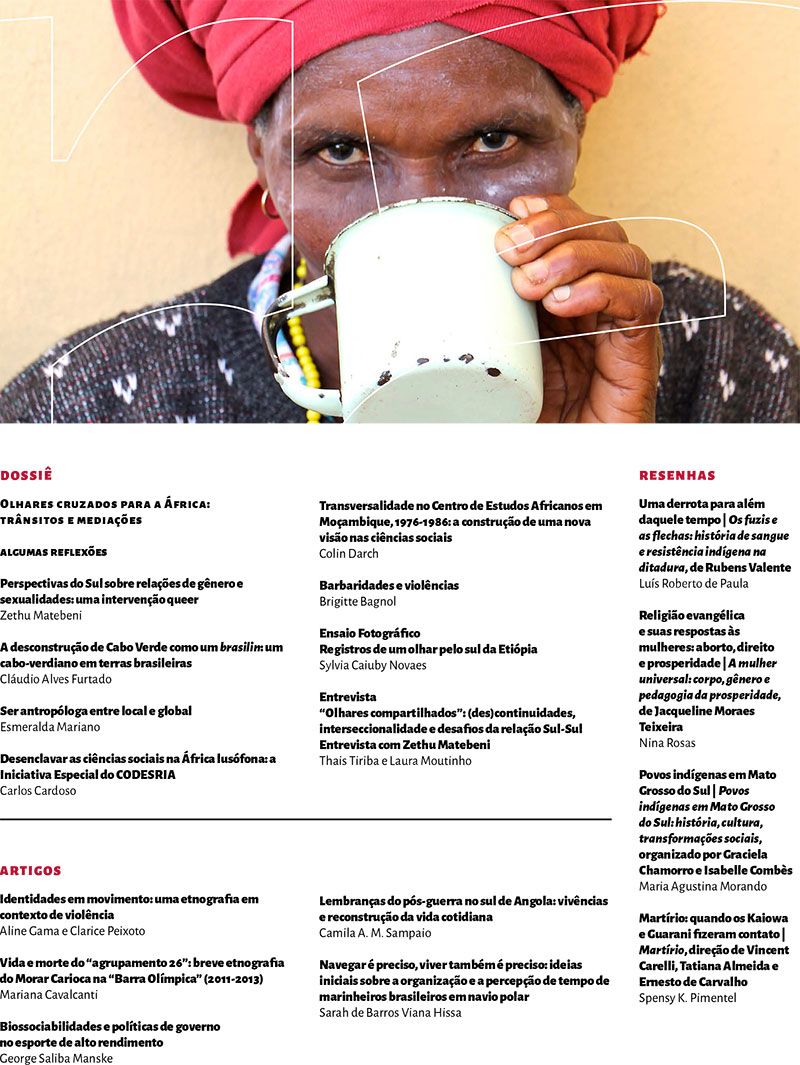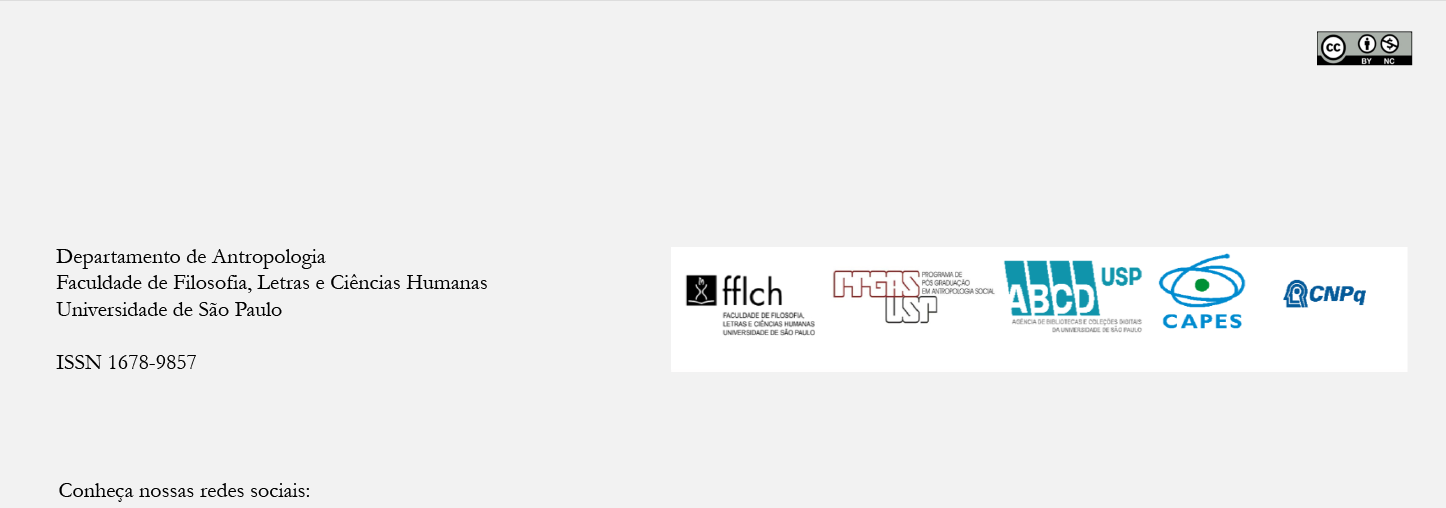Transversalidade no Centro de Estudos Africanos em Moçambique, 1976-1986: a construção de uma nova visão nas ciências sociais
DOI:
https://doi.org/10.11606/2179-0892.ra.2017.141742Palavras-chave:
Moçambique, Centros de pesquisa, experiências interculturais, Centro de Estudos Africanos (Maputo), África do Sul, documentação, Aquino de Bragança, Ruth FirstResumo
Neste artigo reflito sobre um estudo de caso que aproveita dos conceitos antropológicos de transversalidade e olhar cruzado. Interrogo minha própria experiência de trabalho num centro de pesquisa em Moçambique na década de 1980, em meio a um conflito armado pós-independência, desencadeado por rebeldes e apoiado pelo regime sul-africano de apartheid. Anglófono, com experiência de trabalho em diversos países africanos, cheguei a Moçambique em 1979 incapaz de falar português ou distinguir na vida quotidiana as características locais daqueles herdados do poder colonial, uma vez que ambos me eram alheios. Além disso, a pesquisa e as práticas pedagógicas utilizadas no Centro de Estudos Africanos eram inovadoras e fora da prática normal acadêmica da época. Desta experiência, tiro três conclusões: que é necessário abordar uma nova cultura e uma nova linguagem tão livre quanto possível das expectativas anteriores, como os antropólogos costumam fazer; que, pelo menos na África, estamos agora, quarenta anos mais tarde, vivendo numa época em que o fluxo aberto de informações e experiências está cada vez mais ameaçado e, assim também, a possibilidade de transversalidades; e que, embora vivamos em circunstâncias e condições materiais que estão fora do nosso controle, como Marx aponta, fazemos nossas próprias escolhas sobre nossas próprias trajetórias.Downloads
Downloads
Publicado
Edição
Seção
Licença
Autores que publicam na Revista de Antropologia concordam com os seguintes termos:
a) Autores mantém os direitos autorais e concedem à revista o direito de primeira publicação, com o trabalho simultaneamente licenciado sob a Licença Creative Commons Attribution que permite o compartilhamento do trabalho com reconhecimento da autoria e publicação inicial nesta revista.
b) Autores têm autorização para assumir contratos adicionais separadamente, para distribuição não-exclusiva da versão do trabalho publicada nesta revista (ex.: publicar em repositório institucional ou como capítulo de livro), com reconhecimento de autoria e publicação inicial nesta revista.
c) Autores têm permissão e são estimulados a publicar e distribuir seu trabalho online (ex.: em repositórios institucionais ou na sua página pessoal) após o processo editorial, já que isso pode gerar alterações produtivas, bem como aumentar o impacto e a citação do trabalho publicado (Veja O Efeito do Acesso Livre).




